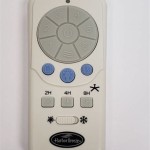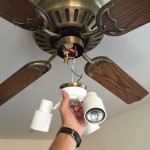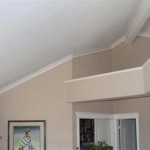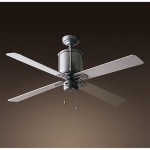Installing AC Vents in Ceiling: A Comprehensive Guide
Efficient air distribution is crucial for maintaining a comfortable indoor environment. Installing air conditioning (AC) vents in the ceiling is an effective way to achieve this goal. However, proper planning and execution are essential to ensure optimal airflow and system performance.
Planning and Preparation
Before embarking on the installation process, it's important to carefully plan the vent locations. Consider the room layout, furniture placement, and areas that require ample cooling. Determine the number of vents necessary and their appropriate sizes. Additionally, ensure that the ceiling has sufficient space for the vents and ductwork.
Materials and Tools
To install AC vents in the ceiling, you'll need the following materials:
- Ceiling vents
- Ductwork (if not already installed)
- HVAC tape
- Screws or nails
Essential tools include:
- Drill or screwdriver
- Tape measure
- Level
- Tin snips (for ductwork adjustment)
Steps for Installing AC Vents in Ceiling
Follow these steps carefully to ensure a successful installation:
- Identify Vent Locations: Mark the desired vent locations on the ceiling using a tape measure and level.
- Cut Ceiling Holes: Using a drill or hole saw, create holes in the ceiling according to the vent sizes.
- Connect Ductwork: If ductwork is not already installed, attach it to the AC unit and run it to the vent locations.
- Insert Vents: Place each vent into its corresponding ceiling hole. Ensure that they fit snugly and are level.
- Secure Vents: Using screws or nails, firmly secure the vents to the ceiling. Do not overtighten.
- Seal Joints: Apply HVAC tape around all ductwork connections and the edges of the vents to prevent air leaks.
- Test the System: Turn on the AC unit and check for proper airflow from each vent. Adjust the vent dampers as needed to balance the airflow.
Troubleshooting
If you encounter any issues during installation:
- Poor airflow: Check for blockages or leaks in the ductwork or vent.
- Uneven airflow: Adjust vent dampers to balance the airflow.
- Noise from vents: Inspect ducts for loose connections or vibrations. Consider adding vibration dampeners.
Conclusion
Installing AC vents in the ceiling requires careful planning and proper execution. By following the steps outlined in this guide, you can ensure that your AC system delivers optimal cooling and comfort throughout your home. If you have any questions or require assistance, do not hesitate to consult a qualified HVAC technician.

Replacing A Heat Vent Register

How To Replace Your Ac Vent Covers Clf Services

How To Replace Your Air Conditioner Ceiling Vent For Better Efficiency

Easy To Install Modern Vent Cover For Ceilings Walls And Floors Angela Marie Made

Why Adding A Return Air Vent Improves Your Home S Comfort Bird Family Insulation

How To Redirect Airflow From Ceiling Vent

Hvac Best Vent Size For Replacing Drop Ceiling Register With Boot Drywall Using 8 Duct Home Improvement Stack Exchange

Quick Ceiling Vent Fix

How Important Are Vent Covers For Your Ac Air Assurance

Changing All My A C Heating Ceiling Vents For Better Airflow Between Naps On The Porch
Related Posts








